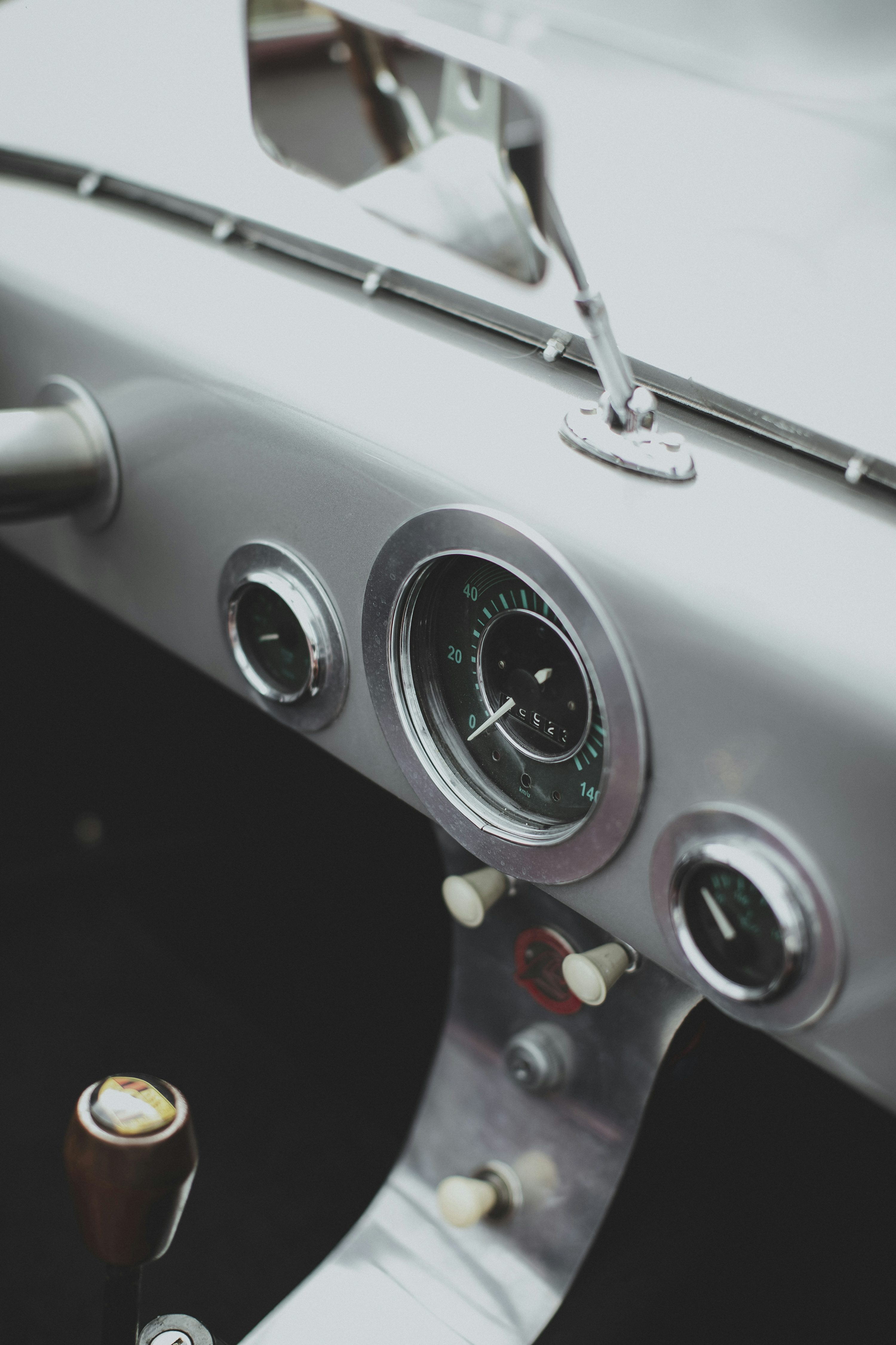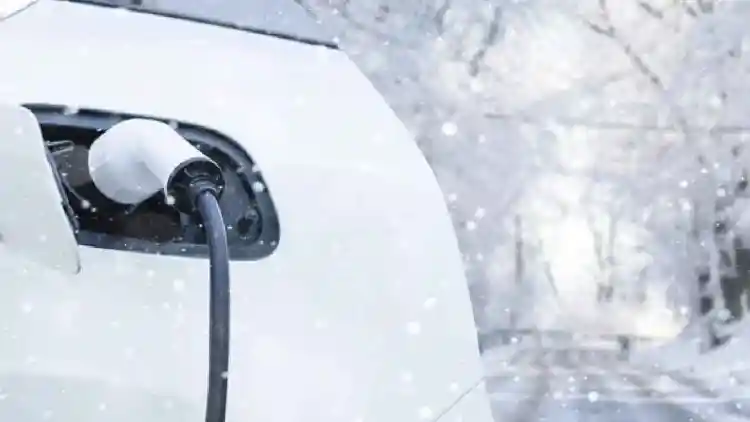- Why You Might Ask "This Car Isn't in Good Condition"
- Obvious Signs Your Car Isn't in a Good Condition
- Risks of Keeping a Car in Poor Shape
- How to Check If Your Car Isn't in Good Condition
- Taking Action If Your Car Isn't in Good Condition
- FAQ
Does your car feel 'off'? Asking 'this car isn't in a good condition, is it' often means your gut is right. Let's explore common signs and what to do next to keep you safe on the road.
Why You Might Ask "This Car Isn't in Good Condition"
It's very common for drivers, just like you, to start questioning if their car is truly okay. You might think, "this car isn't in a good condition, is it?" This feeling usually comes up when something feels wrong. Maybe you're looking at a used car to buy, or your own car has had problems for a while. It's important not to ignore this feeling. If you do, small issues can become big ones that are hard to fix. This part of our guide will help you understand why you might be worried and what those worries could mean.
Common Situations That Raise Doubts
That thought, "this car isn't in a good condition, is it," can pop into your head during different moments. For example:
During a test drive:You might be trying out a car you want to buy. You notice strange noises or it just doesn't drive smoothly.
After a repair shop visit:Sometimes, even after a repair, the car doesn't feel quite right. You might wonder if the problem was truly fixed or if something new is wrong.
When the vehicle acts weirdly:Your car might shake, make new noises, or suddenly use too much fuel. These unexpected changes can make you worried about its overall health.
Quick Self-Check:Trust Your Gut Feeling
If your inner voice warns you, saying "it seems bad" or "this car isn't in a good condition," listen to it. Your gut feeling often signals a real issue. It could point to deeper troubles that are not yet obvious. This early warning can save you from bigger problems later on.
Obvious Signs Your Car Isn't in a Good Condition
Let's look at the clearest clues you can spot without being an expert. These signs will help you decide quickly when you're thinking, "this car isn't in a good condition, is it?" It's simple:you just need to look, listen, and feel what your car is doing.
Visual Red Flags to Watch For
Here are things you can see that tell you a car might be in poor shape:
Body damage:Look for rust spots, especially around the wheels or on the frame. Also notice large dents or widespread scratches. These not only make the car look bad but can also weaken its structure over time.
Tire wear:Check the tires closely. If the treads are worn unevenly, it means something is wrong with the car's alignment or suspension. Cracks in the sidewalls or very low tread depth are dangerous and show neglect. Make sure the tires are inflated properly too, as low pressure is a sign of poor car care.
Leaking fluids:See if there are any puddles under your car when it's parked. Different fluid colors point to different problems:
Brown or black:Often engine oil. Big leaks can damage the engine.
Bright green, pink, or orange:Usually coolant, which means the engine might overheat.
Clear to light brown:Brake fluid. This is very serious and means your brakes might fail.
Amber or red:Transmission fluid. This can lead to gear problems.
Auditory and Smell Clues That Hint at Trouble
Your senses of hearing and smell can also tell you a lot about your car's condition:
Strange noises:Pay attention to any new sounds your car makes while driving. Squeaks might mean worn brakes or suspension parts. Knocks or grinding sounds could point to serious engine problems or brake issues. A high-pitched squeal is often a worn belt. Don't ignore these sounds.
Weird odors:Different smells can tell you what's wrong:
Burning smell:This could be oil leaking onto a hot engine, or burning rubber from a slipping belt. It might also be your brakes overheating.
Sweet smell:This often means coolant is leaking and burning, possibly from your radiator or hoses.
Gasoline smell:A strong gas smell can mean a fuel leak, which is very dangerous.
Rotten eggs smell:This points to a problem with your car's catalytic converter.
Poor handling:If your car shakes a lot, especially at speed, or pulls strongly to one side, it's a big problem. This can mean issues with steering, suspension, or wheel alignment. A mechanic will most surely find problems if your car feels unstable on the road.
Risks of Keeping a Car in Poor Shape
If you ignore that nagging feeling, "this car isn't in a good condition, is it," you are inviting serious risks. These issues can affect your safety, your wallet, and how long your car lasts.
Bigger Dangers on the Road
Safety hazards:A car in poor condition is much more likely to break down unexpectedly. This could happen in a dangerous place, like on a busy highway. It also greatly increases your chance of getting into an accident. This puts your life and the lives of others on the road at risk. A car that is not safe to drive is a danger to everyone.
Costly repairs:What starts as a small problem can quickly become a very expensive one. For example, a minor fluid leak might ruin a major car part if ignored. Fixing these big problems costs much more in terms of parts and labor. You might end up paying thousands of AED/SAR that could have been avoided with early maintenance.
Long-term wear:A car that isn't cared for will wear out much faster. Its lifespan will be cut short. Neglecting basic maintenance means the car loses its value quickly. No car lasts forever, but a well-kept vehicle will serve you reliably for many more years.
How to Check If Your Car Isn't in Good Condition
When the thought "this car isn't in a good condition" keeps popping up in your mind, it's time to take action. Here is a clear plan, starting with simple checks you can do yourself to save time and money.
Simple DIY Inspection Steps
Doing these checks yourself can give you a better idea of your car's health:
Look under the hood:Make sure the engine is cool before you start. Use a flashlight to check for any visible leaks around hoses or the engine. Also, check all fluid levels:engine oil, coolant, brake fluid, and power steering fluid. Make sure they are at the correct marks.
Test drive:Take the car for a short drive, both at slow speeds and on a clear road. Pay close attention. Listen for any new noises like clunks, squeaks, or grinding when you go over bumps or brake. Feel if the steering wheel shakes or if the car pulls to one side. Check if the brakes feel soft or grabby. Also, watch your dashboard for any warning lights that come on.
Check tires and lights:Inspect the tire tread depth with a a coin or a gauge. Look for any bulges or cuts on the tire walls. Ensure all your lights are working properly:headlights (high and low beam), tail lights, brake lights, and turn signals. Faulty lights can be a real risk, especially at night.
Professional Help Options for Deeper Issues
If your DIY check still makes you feel this car isn't in a good condition, it's time for experts to step in:
Get an expert:Visit a trusted local car specialist or workshop. They can perform a detailed inspection. Often, these inspections are quite affordable (e.g., 100-300 AED/SAR). This small cost can save you from huge, hidden problems later on. They have special tools to find issues that you can't see.
Common checks by pros:Professionals will look at things you can't easily check. They examine the engine's performance, the condition of your brakes, and the entire electrical system. They can also check the suspension, exhaust system, and computer diagnostics for deeper issues. This complete check helps you feel truly confident about your car's condition.
Taking Action If Your Car Isn't in Good Condition
Once you confirm that "this car isn't in good condition," it's time to plan your next steps. These actions are designed to protect you and your money. The main goal is practical:either fix the issues, sell the car, or decide it's time for a new one.
A Range of Choices to Consider
When facing a car that is not in good shape, you have several paths:
Basic maintenance:Sometimes, small problems can be fixed with simple tune-ups. This includes regular oil changes, replacing air filters, or new spark plugs. These costs are usually small (e.g., 150-500 AED/SAR) for most car models. Sometimes, these basic steps can greatly improve car performance and health.
Bigger repairs:For major troubles, you need to weigh the huge cost of repairs against the idea of replacing the car altogether. If a repair costs more than half the car's current value, replacing it might be smarter. Many people choose to sell their older cars "as is" to avoid massive repair bills.
Selling or trading:If your car is unsafe or too expensive to fix, you can still sell it. Be honest in your listings about the car's condition. Describe it as a "used car with issues." Many buyers look for cars for parts or for a restoration project. Being upfront protects both you and the new owner. You might still get a fair offer for an old vehicle.
Safety first:Always avoid driving your car if you feel unsafe or unsure about its condition. If you notice a serious problem, like bad brakes or a smoking engine, call a recovery service or a garage immediately. Do not risk driving it and causing an accident.
FAQ
Q:What are easy signs a car isn't safe to drive?
A:Beyond simple signs, look for more critical issues. Constant smoke coming from the exhaust, especially thick or dark smoke, is a bad sign. Very loud grinding sounds when you brake, or brakes that feel spongy and don't stop the car well, mean immediate danger. Also, if the steering wheel feels loose or the car pulls sharply, it's unsafe. These issues need quick help from professionals to prevent accidents on the road. Ignoring them could make matters much worse and put everyone inside the car at high risk.
Q:How much does it cost to fix a car that's not in good condition?
A:The cost can vary greatly. Simple fixes like replacing worn tires (e.g., 200-500 AED/SAR per tire) or changing fluids (e.g., 100-300 AED/SAR for an oil change) are lower cost. However, major problems such as engine issues (e.g., 3,000-15,000 AED/SAR or more) or transmission repairs (e.g., 2,000-10,000 AED/SAR) cost much more. Prices also vary by your exact location in the Gulf region and the specific car model. Always get a detailed quote from a local reputable shop first to weigh if the repairs are worth it for your car.
Q:If my car isn't in good condition, should I keep driving it?
A:No, it's very risky. If you have concerns, you should drive it only directly to a repair shop or ensure it is parked safely and not used. Continuing to drive a car that isn't in good condition can lead to a sudden breakdown, an accident, or further damage to the vehicle. Routine checks can help you spot trouble early. If serious problems like steering difficulties, brake failure, or a rapidly overheating engine suddenly come up, stop immediately and call for assistance. Your safety and the safety of others should always be your top priority. Do not take chances.
Q:Can I sell a car that's not in good condition?
A:Yes, you can sell a car that's not in good condition, but honesty is key. Be completely upfront about all known issues in your listings or when talking to potential buyers, especially if it's listed as a "used car." Many buyers are looking for cars specifically for parts, for scrap metal, or for a restoration project where they plan to fix it up themselves. Being transparent about the car's history and current problems helps avoid any legal disputes or bad feelings later on. This protects both you, the seller, and the new owner in any country or region.
Read More:
How Long Will a Tiguan Last? Your Complete Guide
How to Turn Off Parking Brake Volkswagen Tiguan:Your Complete Guide













